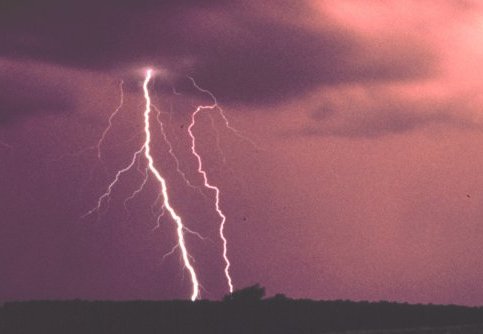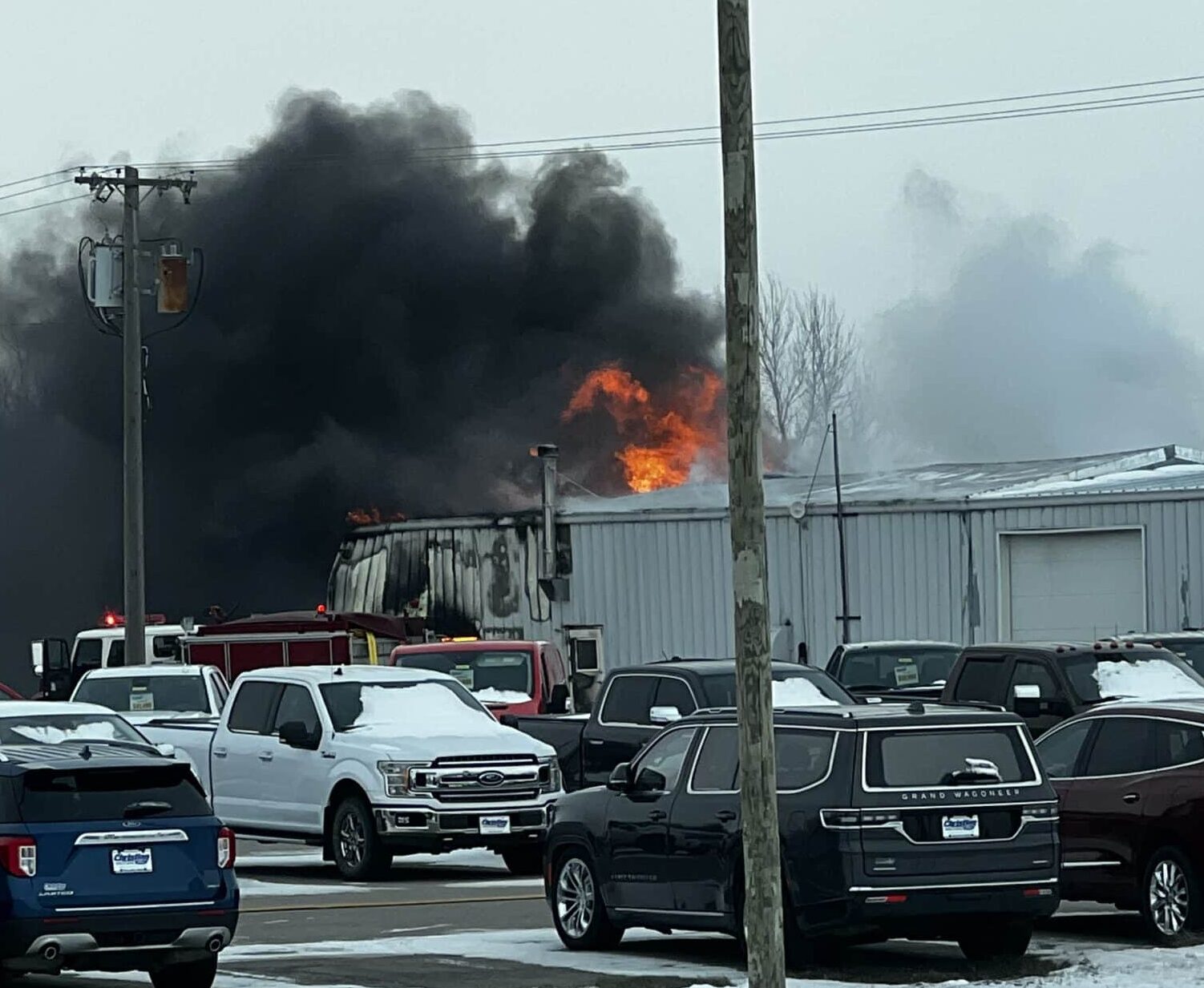The Tuesday topic for Severe Weather Awareness Week is Severe Weather, Lightning, and Hail. Warm, humid conditions are favorable to storm development, and storms typically are small, producing heavy rain and wind over a relatively small area for a brief period of time. The average thunderstorm 15 miles in diameter and lasts approximately 30 minutes.
You should find shelter during a storm, says Crookston Fire Fighter Shane Heldstab. “No place outside is safe if there are thunderstorms in the area,” said Heldstab. “If you hear thunder, lightning is close enough to strike you. When you hear the thunder, immediately move to a safe shelter. A building or an enclosed metal-top vehicle with the windows up. Stay in that shelter for at least 30 minutes after you hear the thunder.”
If you can’t find shelter, there are other precautions you can take, according to Heldstab. “If you’re outside and can’t find shelter, avoid tall trees, hilltops, and open fields,” said Heldstab. “Avoid ungrounded sheds or flimsy structures. If it’s not grounded, it could get blown over and put us in even more danger. If you’re in a boat, make sure you get to shore and off the water as soon as possible. Once it passes, you’ll have more time to get out on the water.”
National Weather Service data says the chance of being struck by lightning once in your lifetime is 1 in 12,000. “All thunderstorms produce lightning,” said Heldstab. “Lightning can be over five miles in length and can strike up to 15 miles from the center of the storm. If you think you’re safe on the outskirts of the storm, remember that with the volatility of these storms, lightning can strike anywhere. One thing we have discussions about is heat lightning doesn’t exist. Those are flashes from far-away storms that can’t be heard, meaning the sound has dissipated by the time it reaches our ears.”
Hail may also accompany thunderstorms, and it differs from other icy conditions. “It’s larger than sleet,” said Heldstab. “It forms in thunderstorms due to updrafts and strong air currents within the storm. It carries water droplets up to where they freeze, becomes hail, and uses gravity to come back down. Sometimes it can come down at 100 miles per hour or more. That can cause severe injury and even kill people. Hail can range from pea-size, which is the most common, to as large as baseball size. It is a real threat. A real danger. We ask that you be prepared. If you see these warnings or watches, take your precautions and keep everybody safe.”




